Botanical Gardens of Dhaka: Are they truly the urban oasis they used to be?
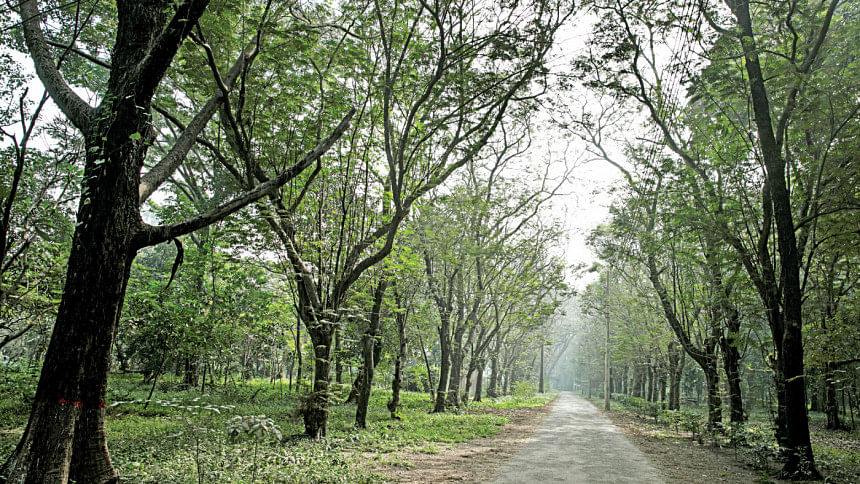
Not long ago, Dhaka's botanical gardens were the city's lungs, offering a much-needed breath of fresh air amidst the urban sprawl. However, the relentless march of urbanisation has transformed the once-verdant landscape of the capital into a concrete jungle, dominated by towering structures and swarms of mechanical vehicles.
When we hear the words, botanical gardens, the image of a beautiful space where plants are labelled may come to mind.
According to the International Association of Botanic Gardens (IABG), a well-curated outdoor space that is open to the public and in which plants are labelled is called a botanical garden. It may contain collections of specialised plants such as cacti, herb gardens, plants from particular parts of the world, and so on.
But do the botanical gardens of our city present this picture to us? And do they function as the lungs of our city like they used to?
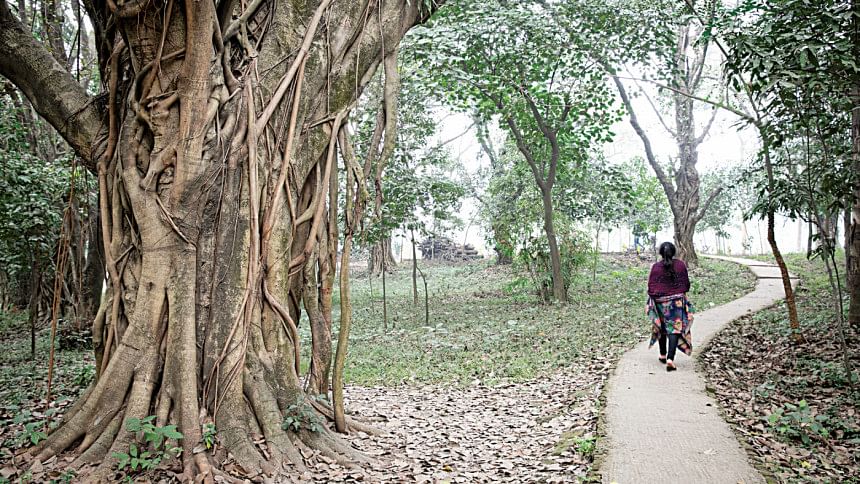
Preservation crisis at the Baldah Garden
The Baldah Garden, situated in Wari, is the forgotten museum of countless flora that desperately needs our attention. Presently, there are two sections of the garden — Psyche and Cybele. While the Cybele garden remains open for public visits from 8 AM to 5 PM, the Psyche garden is only reserved for the staff.
While talking to The Daily Star, the Curator of the Baldah Garden, Taslima Khatun said, "Baldah Garden has some of the rarest species of plants that are found anywhere else in Bangladesh. But as you can see, the surrounding high-rises and even the flyover nearby are choking the garden. Lack of proper sunlight and air, and the dust and smog are doing nothing but killing the plants."
The exquisite Baldah Garden, which was once famous for local and exotic plant species, including — Amazon Lily (Victoria Amazonica), the world's largest aquatic plant — and attracted nature enthusiasts and botanists from all over, is gradually losing its charm.
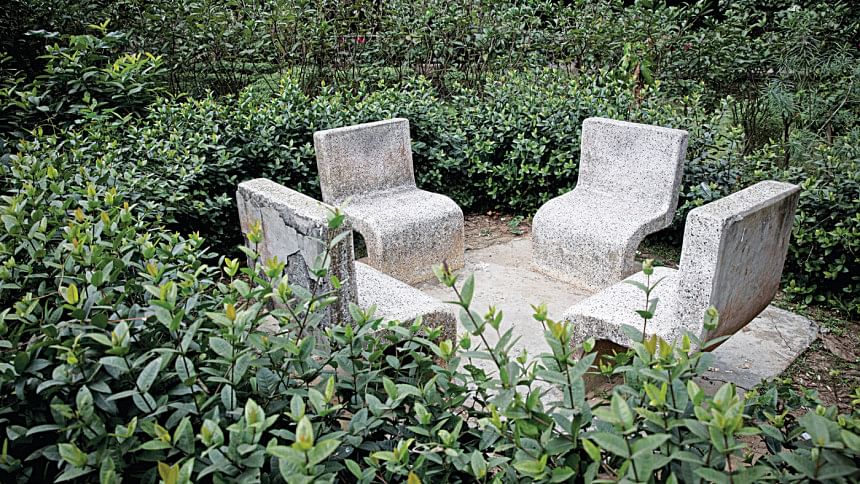
Taslima further added, "Nature lovers and researchers are welcome in this place. However, hardly anyone who genuinely loves plant life ever comes. We plan to make the Baldah Garden a hub for botanists and students, who can come and continue their research here."
Taslima informed us that designated guards and caretakers of the Baldah Garden constantly monitor security, even on weekends. So, no one should be concerned about their safety. Moreover, no one is allowed to host any sort of picnic here, but considering the well-being of the community, the Baldah Garden is open for everyone to jog and exercise.
Nimai Datta, a resident of the area who owns a chemical business, regularly comes to the Baldah Garden to walk and exercise. He shared, "I come to the garden every morning to jog and not once I have faced any safety issues. However, it breaks my heart to see how some people — especially teenagers — misuse this wonderful place."
So, when did we turn a blind eye to the magnificent Baldah Garden? Being enchanted by the camellias of this place, the poet and Noble Laureate Rabindranath Tagore was inspired to compose his poem "Camellia," during his stay in the Joy House of Baldah Garden. Yet, all is still not lost and perhaps, the younger generation of botanists and nature lovers may help revive the beauty of Baldah Garden.
One of the gardeners, Abu Taher, mentioned, "Presently, we are 7 people working here, whereas previously there were 15. There are 5 gardeners and 2 security guards. But we need more manpower to function properly."
Although the Baldah Garden may not have the charm that it had before, it can be an ecological treasure for future generations if proper measures are taken to preserve the biodiversity within it, which is gradually decaying.

The declining state of the National Botanical Garden
During a visit to the National Botanical Garden in Mirpur on 31 December, 2023, we saw a family of seven having a picnic.
When asked about the security and cleanliness of the garden, Mashrul, a member of this group, answered, "As we live in Mirpur, we come here often to enjoy quality time and there aren't many recreational places nearby. However, there is no clean restroom here and unruly boys roam around this place, which is quite distressing for the people, who come here with their families."
Our visit to the botanical garden presented a disappointing picture to us. Plastic bottles and packets of chips and cigarettes littered the garden. An artificial pond that was built to enhance the beauty of the place was left unclean, fallen leaves floated in the water, and there was no sign of fish that were supposed to be there. Music was blaring from a speaker even though there had been a strict restriction on such activities. Despite all of its downsides, the National Botanical Garden remains abuzz with visitors both on weekdays and weekends.
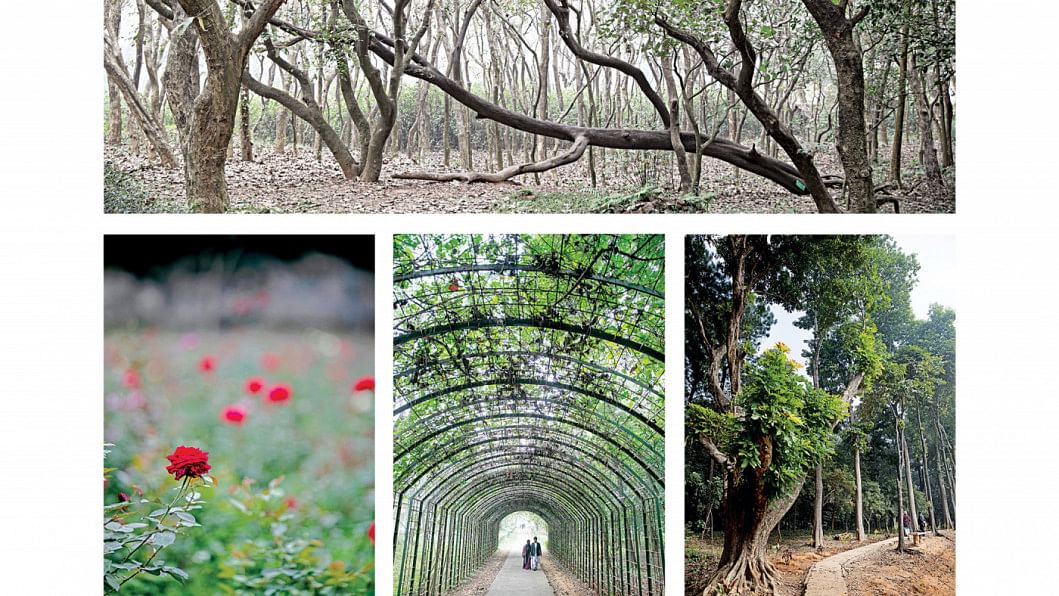
Md Zahiur Rahman, who is in his fifties, was seen walking at the Garden. When we approached him, he seemed short of breath and was in a hush. Zahiur shared, "I am a carton manufacturer and my office is adjacent to the garden. Every day, I take a 45-minute walk here and this has been my routine for a while now."
"Unlike other places in Dhaka, the small changes in nature are quite visible here. This garden is a theatre for us where the seasons play out their dramas. It is truly refreshing," shared Zahiur, who told us how the small changes in nature often go unnoticed by the casual visitors.
He added, "I see schoolchildren sometimes coming here for educational tours. But I think we should encourage the younger generation more. Presently, they are born with a smartphone in their hand, which is undoubtedly harmful to their health. Perhaps botanical gardens will teach them patience and curiosity — virtues this younger generation lacks."
According to recent statistics, the National Botanical Garden houses an astounding array of over 226 rare plant species, making it a treasure trove for botanists, researchers, and nature enthusiasts alike. So, the garden plays a vital role in educating the public about environmental conservation and plant biology.
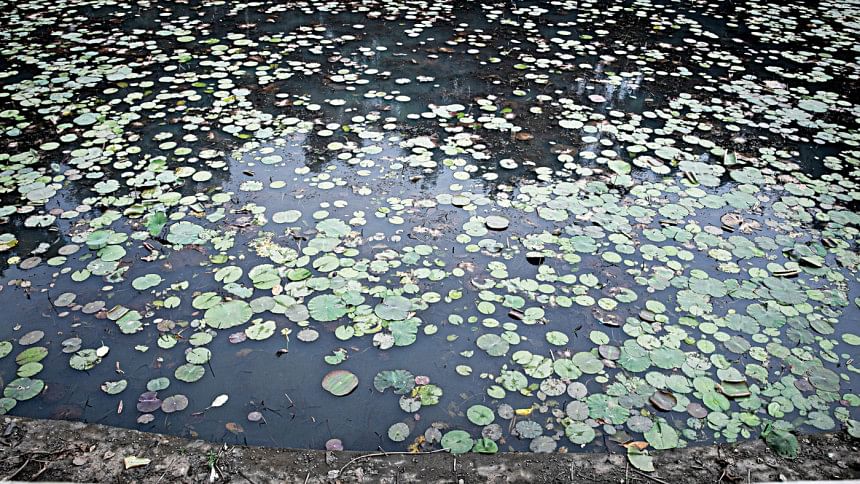
Interactive displays, guided tours, and educational programmes can make it an ideal destination for students and nature lovers, facilitating a deeper understanding of the importance of biodiversity and the need for conservation efforts.
Mohammad Mujibur Rahman, caretaker of the garden, mentioned that there are 54 gardeners, 20 Ansars, and 6 security guards employed at the National Botanical Garden. Still, now and then, we hear news of security concerns and thieves stealing birds from tree branches.
The garden's layout is thoughtfully designed to highlight different plant families, ranging from majestic trees and delicate orchids to aquatic plants and a myriad of flowering species. The pond and water bodies within the garden offer a peaceful retreat — especially to our feathered friends.
A freelance photographer and a passionate birder named Litu was approaching us with his heavy bag of camera gear. A regular visitor at the park, Litu keeps a careful eye on the birds here. According to him, in the last three years, the number of birds has increased but they are still at risk of losing their homes.
"The authority sometimes cut off bushes and shrubs to beautify the garden and ward off mosquitos. However, they should think about the birds living there, who have built their nests. Bird photography is undoubtedly a positive habit and authorities should take steps so that more birds find their homes here and we find our subjects," noted Litu, as he walked away with his camera.
As a hub of education, research, and conservation, the National Botanical Garden holds immense potential to contribute to our understanding of plant species and their roles in our ecosystems. The current state of the garden should be a reminder for us to protect and cherish it for the sake of generations to come.
Reviving Dhaka's lungs for a greener future
The National Botanical Garden, known for its vast collection of flora, lacks modern amenities and comprehensive management. Similarly, the Baldah Garden, despite its historic value, suffers from neglect and inadequate public awareness. But these gardens are still alive and trying to survive.
According to recent studies, Dhaka has, again and again, topped the list of cities worldwide with the worst air quality. So, how can our city breathe if we destroy both of its lungs?
With targeted improvements focusing on infrastructure, public engagement, and sustainable practices, the National Botanical Garden and Baldah Garden can be transformed into urban oases that not only provide respite from the monotony of urban life, but also serve as educational and cultural hubs for the residents of Dhaka.
Photo: Sazzad Ibne Sayed

 For all latest news, follow The Daily Star's Google News channel.
For all latest news, follow The Daily Star's Google News channel. 








Comments